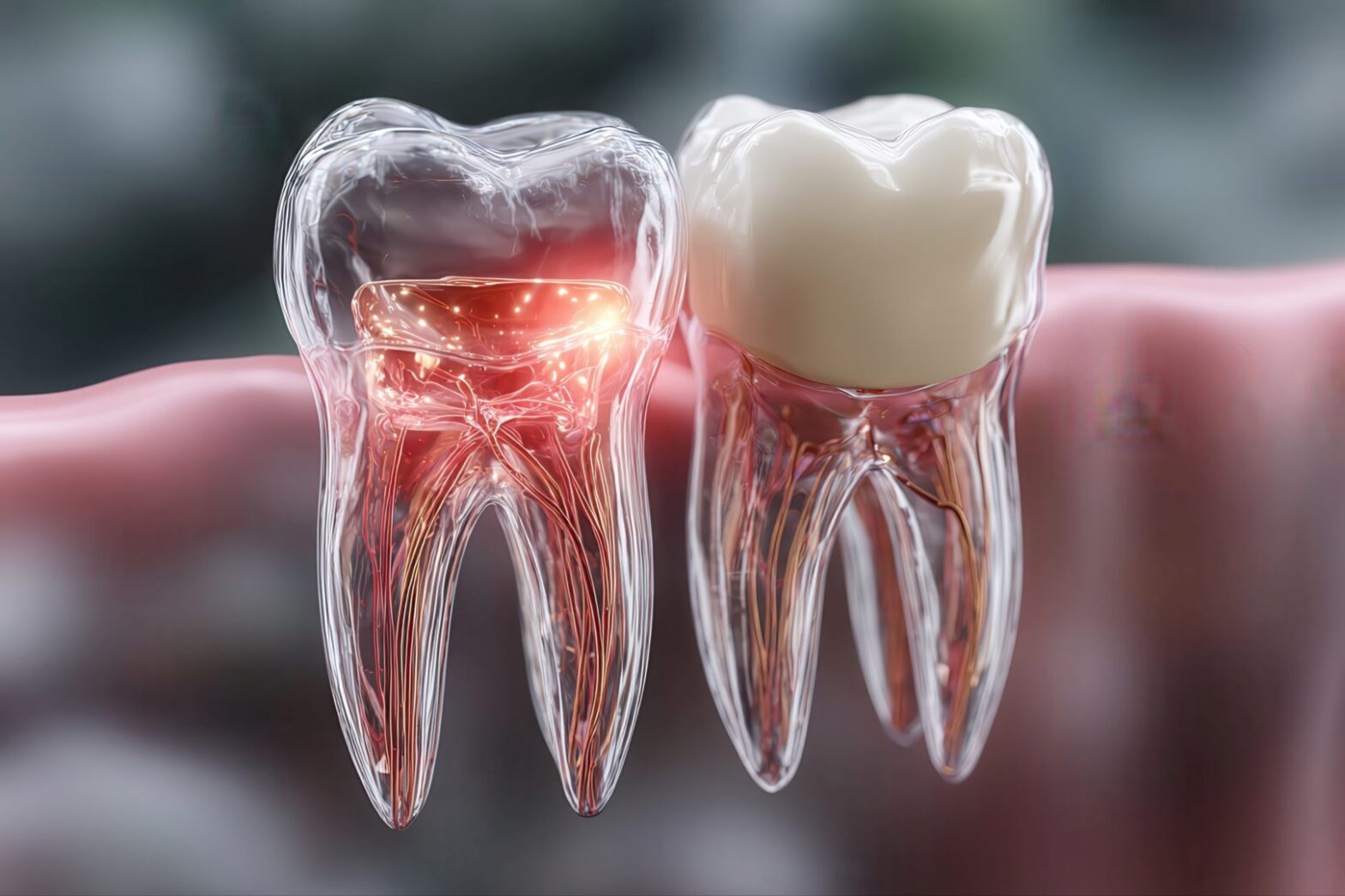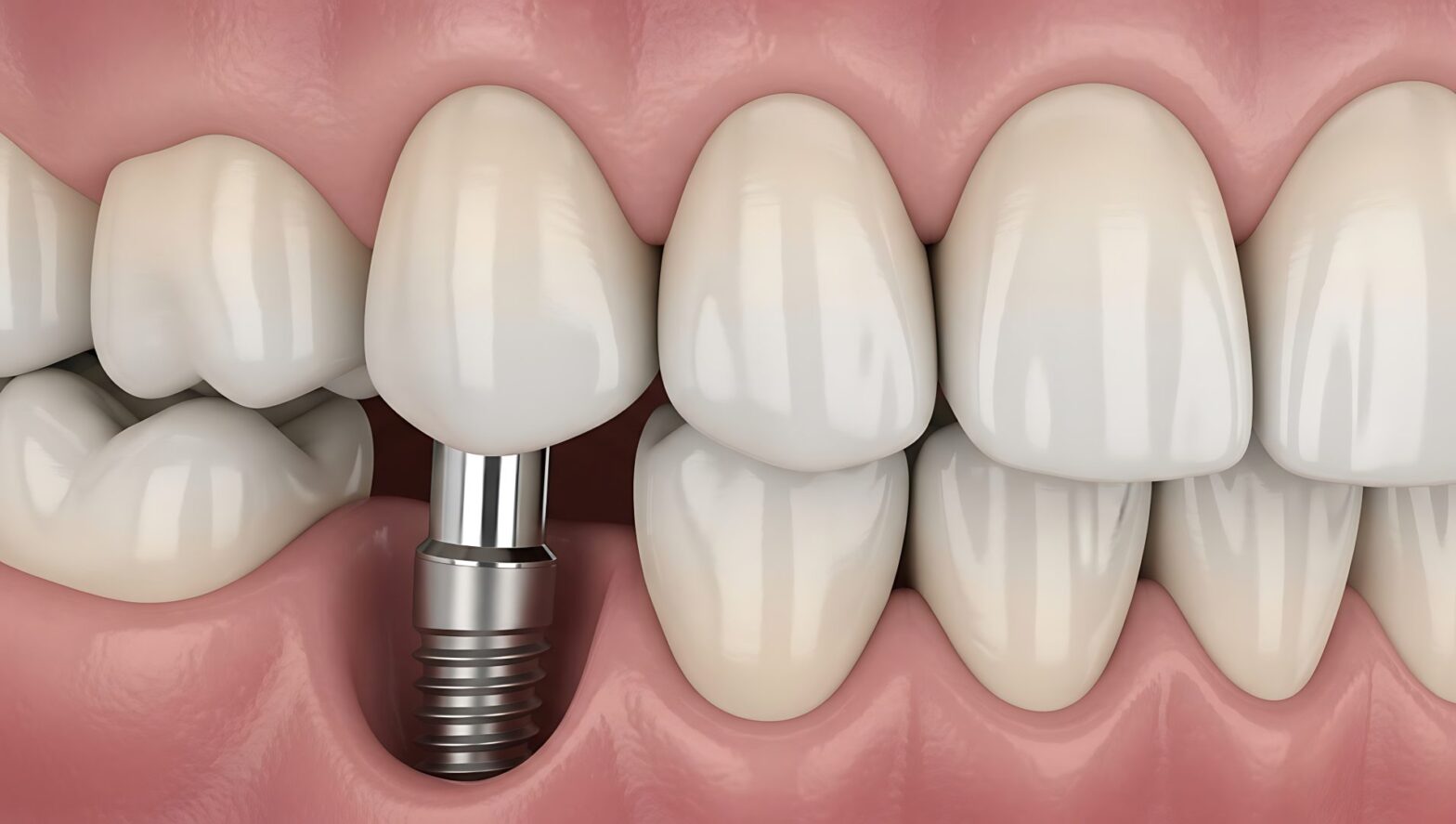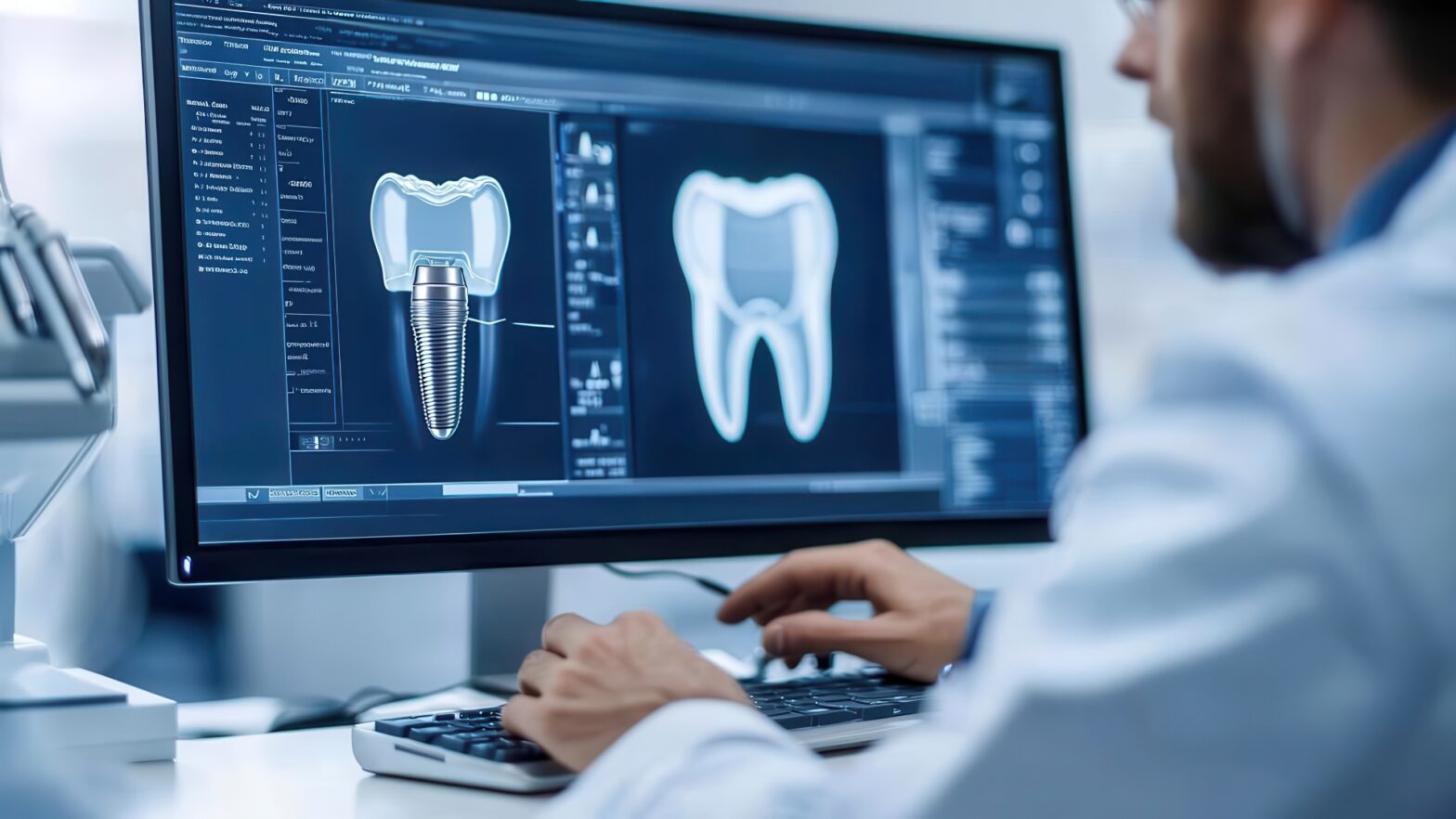Throbbing toothache got you wincing? Maybe you chipped a tooth on rogue popcorn kernels or a hard candy. Or perhaps you woke up with a mysterious gap where a tooth used to be. Dental emergencies: they’re no fun and can leave you feeling helpless. And when you choose to ignore it, not only will the pain linger but it can also affect your daily routine. Thus, during moments of a dental emergency, one must know what to do to get the right treatment and relief.
But hey, there’s no need to panic. This guide is here to be your dental hero, offering up practical steps and insider tips to navigate any urgent situation.
Which Situations Are Considered Dental Emergencies?
Dental emergencies can arise from various reasons, including accidents, sports injuries, or sudden onset of tooth pain. Some common dental emergencies include:
- Severe toothache
- Broken or chipped tooth
- Lost filling or broken crown
- Abscess or infection
- Bleeding gums
- Knocked-out tooth
In most cases, urgent dental emergencies often occur at the worst time possible, such as at night when everyone’s asleep or it’s beyond regular business hours. That’s why it’s highly recommended to have the emergency dentist’s contact details prepared on your phone. That way, you can contact them as soon as possible for your urgent dental care needs.
Meanwhile, if you have no emergency dentist yet, preferably, look for a reputable one that’s located near your home address. For instance, if you’re situated somewhere in Pennsylvania, choose a Williamsport dentist to be your emergency dentist so you can swiftly run to their clinic for help. Now that you know what constitutes a dental emergency, you’re better equipped to handle unexpected situations and take control of your oral health.
Steps To Take During A Dental Emergency
If you’re experiencing a dental emergency, follow these steps to ensure you get the right treatment:
Assess The Situation
Before doing anything else out of panic, take a deep breath and assess the situation’s severity quickly and calmly. You can ask yourself questions like: How severe is the pain or discomfort? Is there any bleeding or swelling? Did you lose any teeth? Did you notice a broken piece of tooth? Are you experiencing other symptoms like difficulty swallowing or fever? Assessing the situation first allows you to gather information which you’ll be reporting later to your emergency dentist.
Seek Immediate Care and Call Your Dentist
If you’re under unbearable pain or you have a life-threatening condition, head to the nearest hospital emergency room or call 911 for immediate medical attention. For non-life-threatening situations, you may contact your dentist or an emergency dentist in your area directly for guidance on what to do next. Most of the time, they may recommend an emergency dental service or provide temporary solutions over the phone.
If your dentist is unavailable, search for an emergency dentist in your area. Make sure to choose a dentist who offers urgent care services or emergency dental visits and has experience handling dental emergencies.
Follow The Temporary Solutions Instructed by Your Dentist
There may be instances where your dentist will instruct you with temporary solutions, particularly if they’ve booked you at a same-day appointment or if you’re still a few minutes away from the clinic.
For instance, they may instruct you to rinse your mouth with warm salt water (mixed warm water +salt) to soothe the pain. Or they may ask you to use a cold compress to the swollen gums to minimize swelling. They might also ask you to take some over-the-counter pain relievers or counter pain medication if you’re experiencing inflammation. Whatever they say, be sure to follow these instructions closely to avoid potential complications.
What To Expect During An Emergency Dental Visit?
So, you’ve got a dental emergency and you’re heading to the dentist. What happens next? Well, here’s what you can expect during an emergency dental visit:
First Things First: Triage
When you arrive at the dentist’s office, you’ll be greeted by a receptionist and will ask you to fill out a quick form with your contact info and a brief description of your emergency. Then, a dental assistant or hygienist will call you back to the treatment room for a quick triage assessment. This is just a quick look to determine the severity of your issue and prioritize your treatment.
The Examination
Next, your dentist will come in to examine your teeth, gums, and mouth. They’ll ask you questions about your symptoms, like when the dental pain started, how long it lasted, and what makes it better or worse. It’s very important that you’re honest and descriptive. This info helps your dentist figure out what’s going on!
X-rays And Diagnosis
Depending on your symptoms and the exam, your dentist might take some dental X-rays to get a closer look at what’s going on beneath the surface. These X-rays will help your dentist diagnose the problem and develop a treatment plan.
Treatment Options
Once your dentist has a diagnosis, they’ll discuss treatment options with you. This might include:
- Fillings: For cavities, tooth decay, tooth fracture, cracked tooth, or broken tooth
- Root canals: For dental abscess or tooth infection
- Extractions: For severely damaged or decayed teeth and for knocked out tooth
- Emergency dental care: For immediate relief from oral pain or discomfort
Your dentist will explain each option in detail and answer any questions you have, so you can make an informed decision about your care.
The Procedure
After explaining the procedure, your dentist will get your consent before starting treatment. Don’t worry, they’ll make sure you’re comfortable and numb (if needed) before beginning. Right after your treatment, your dentist will give you instructions on how to take care of your mouth while it heals.
Takeaway
Dental emergencies can be scary, but with the right knowledge and quick action, you can prevent further damage and get back to smiling in no time. Remember, your dentist is always there to help so don’t hesitate to reach out when you need it!



















